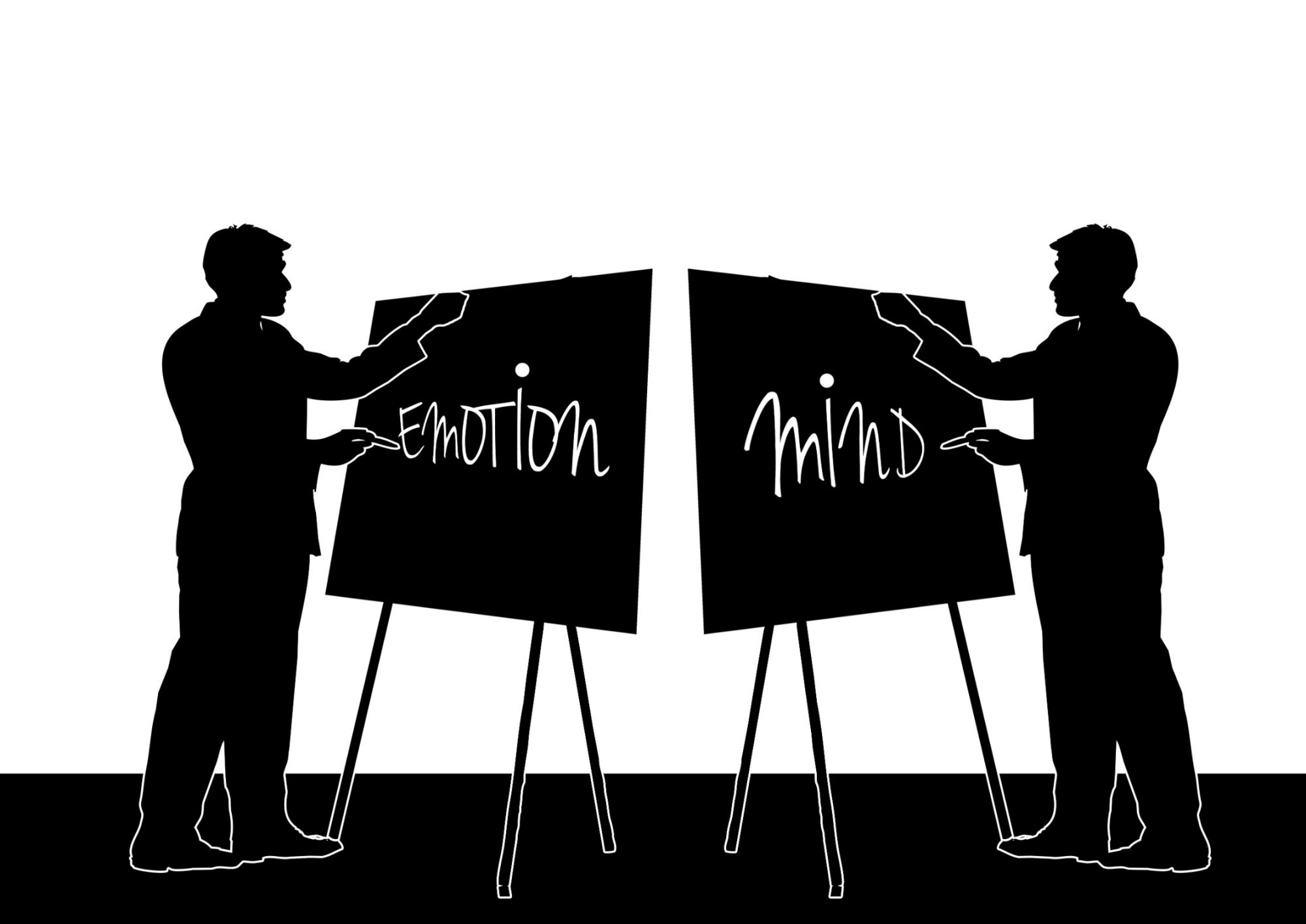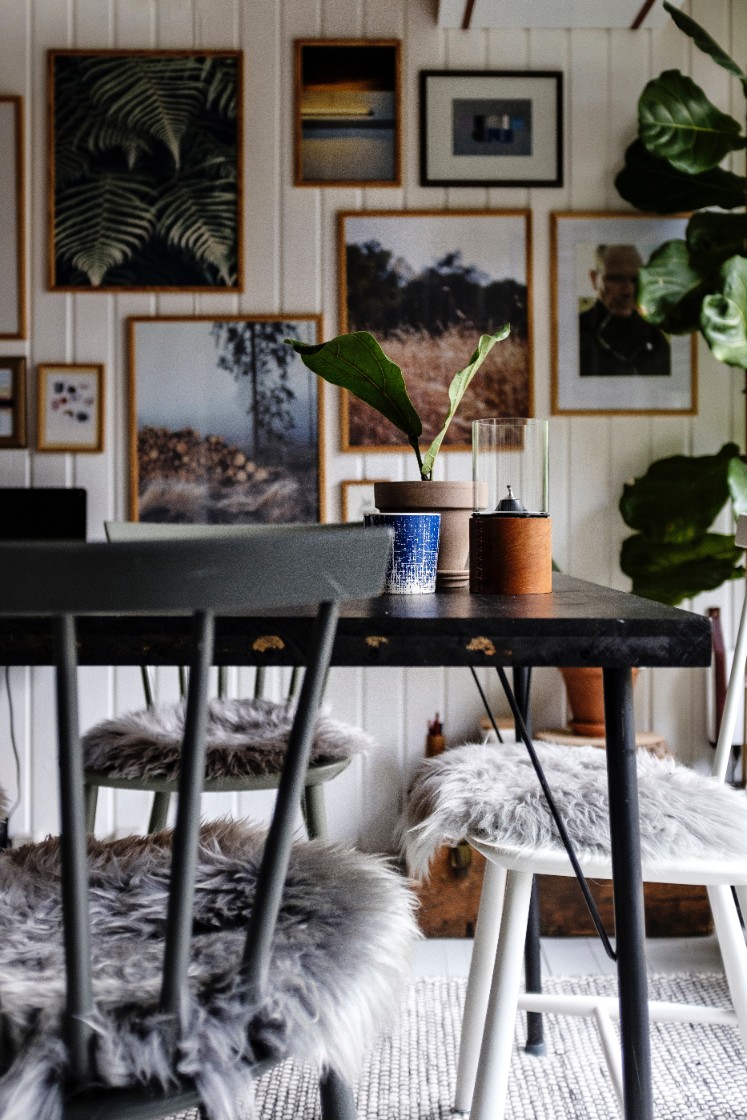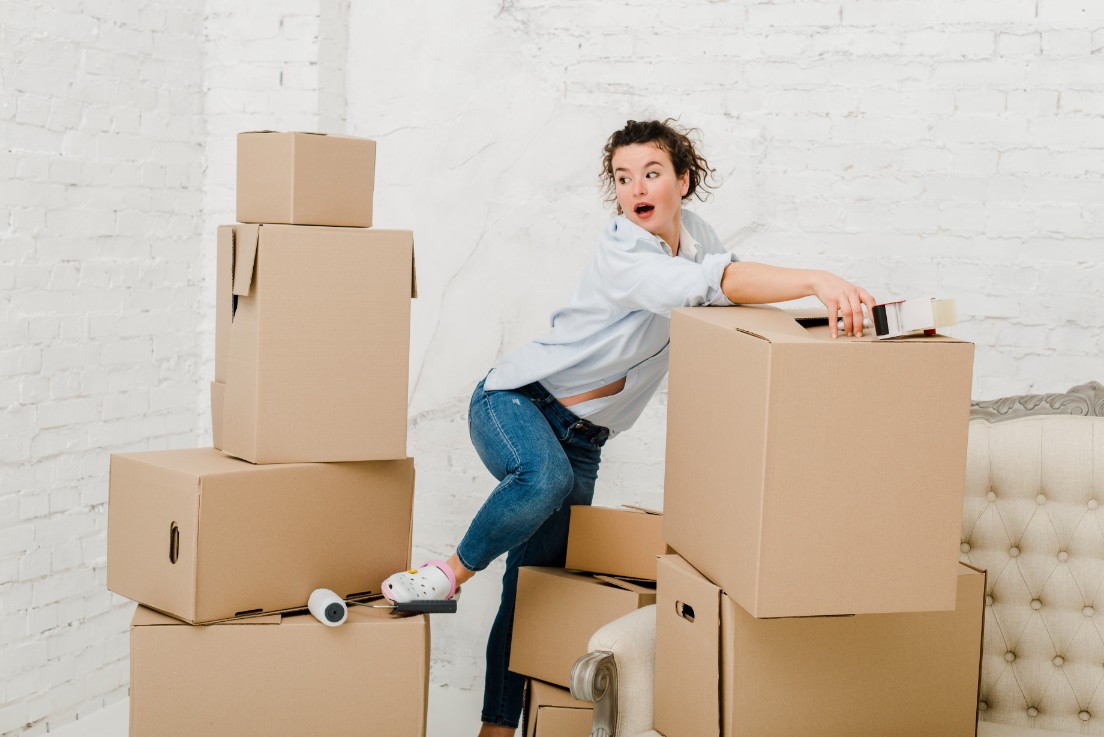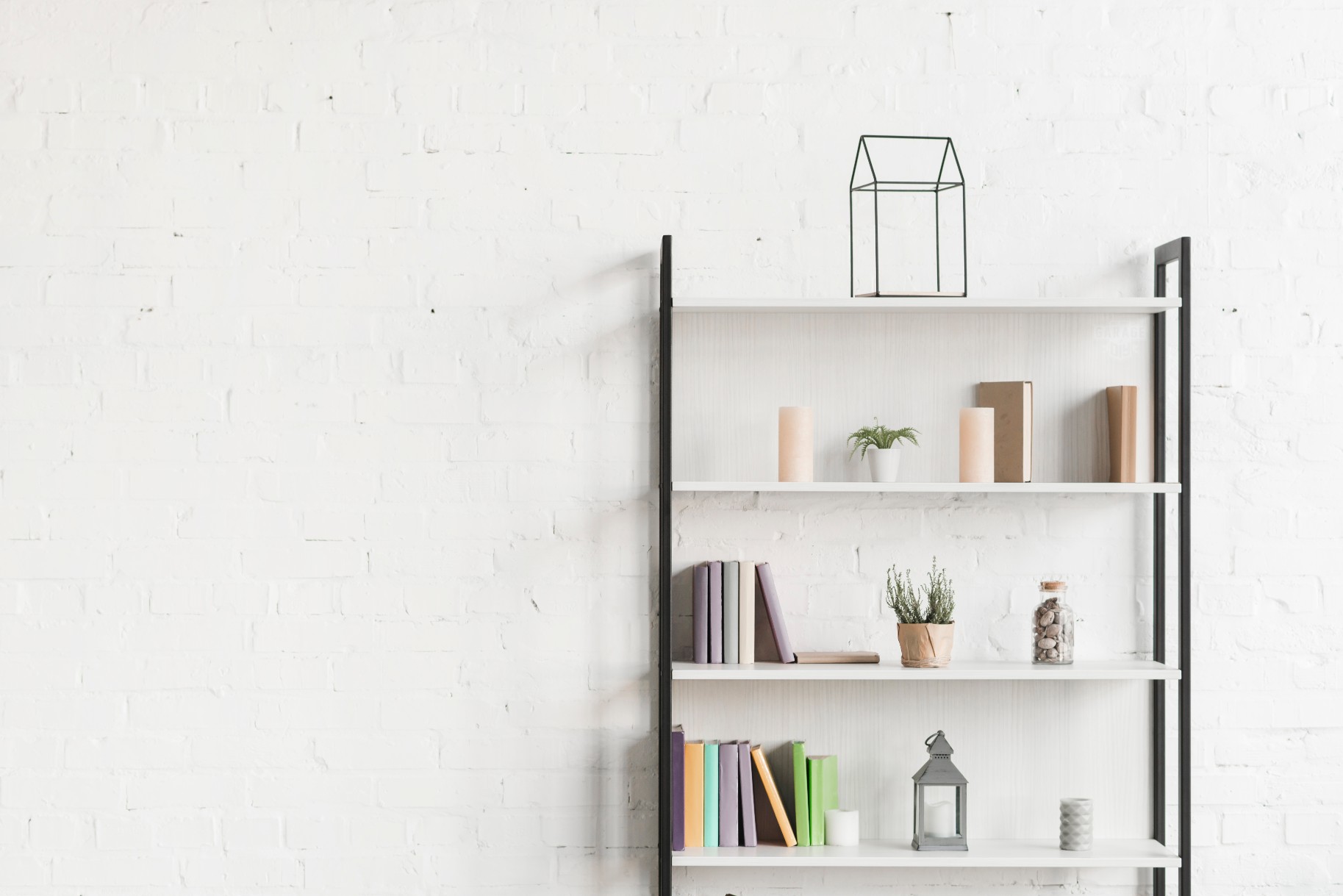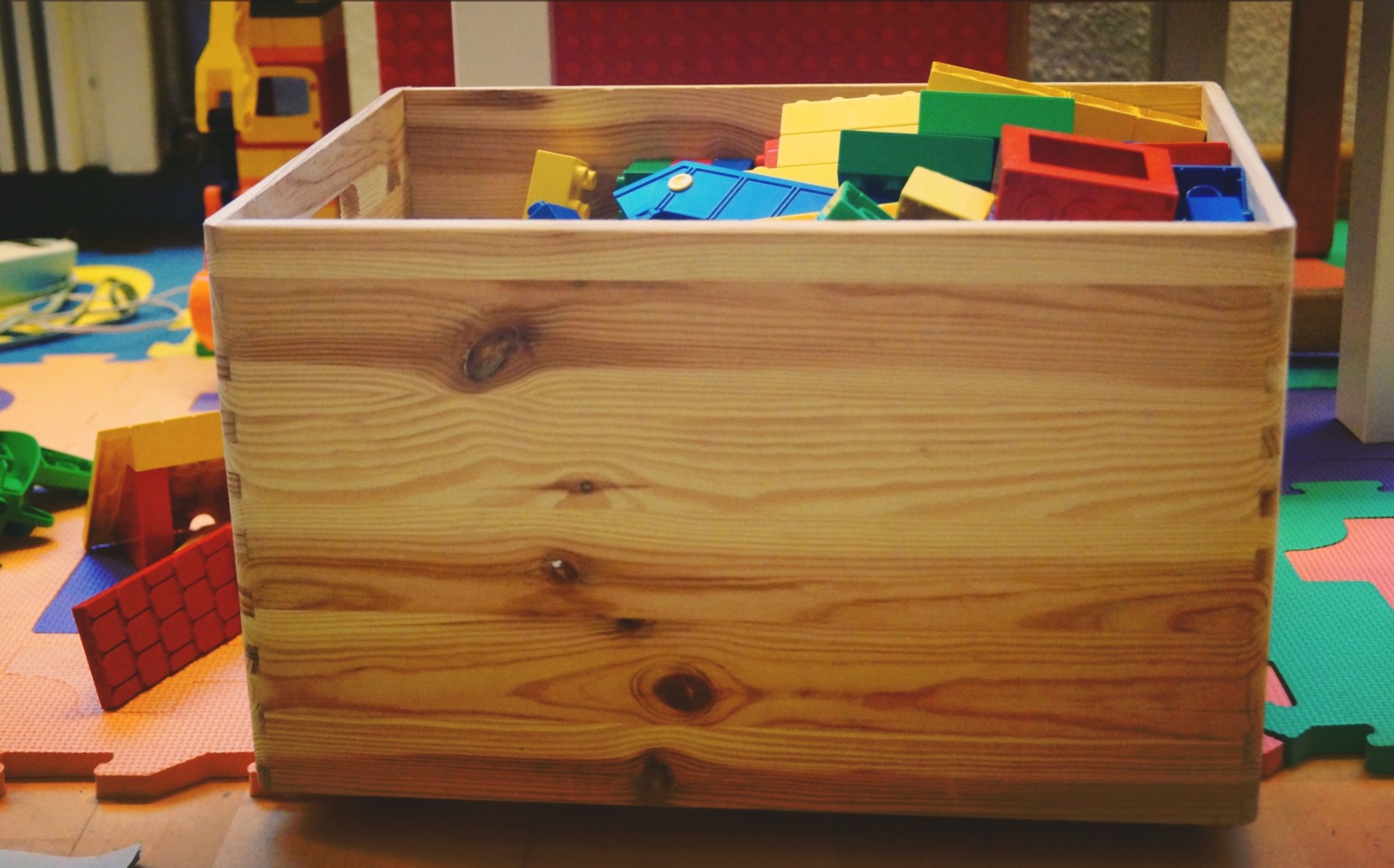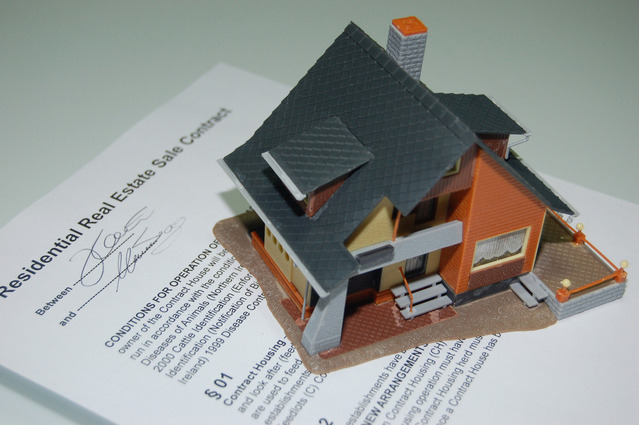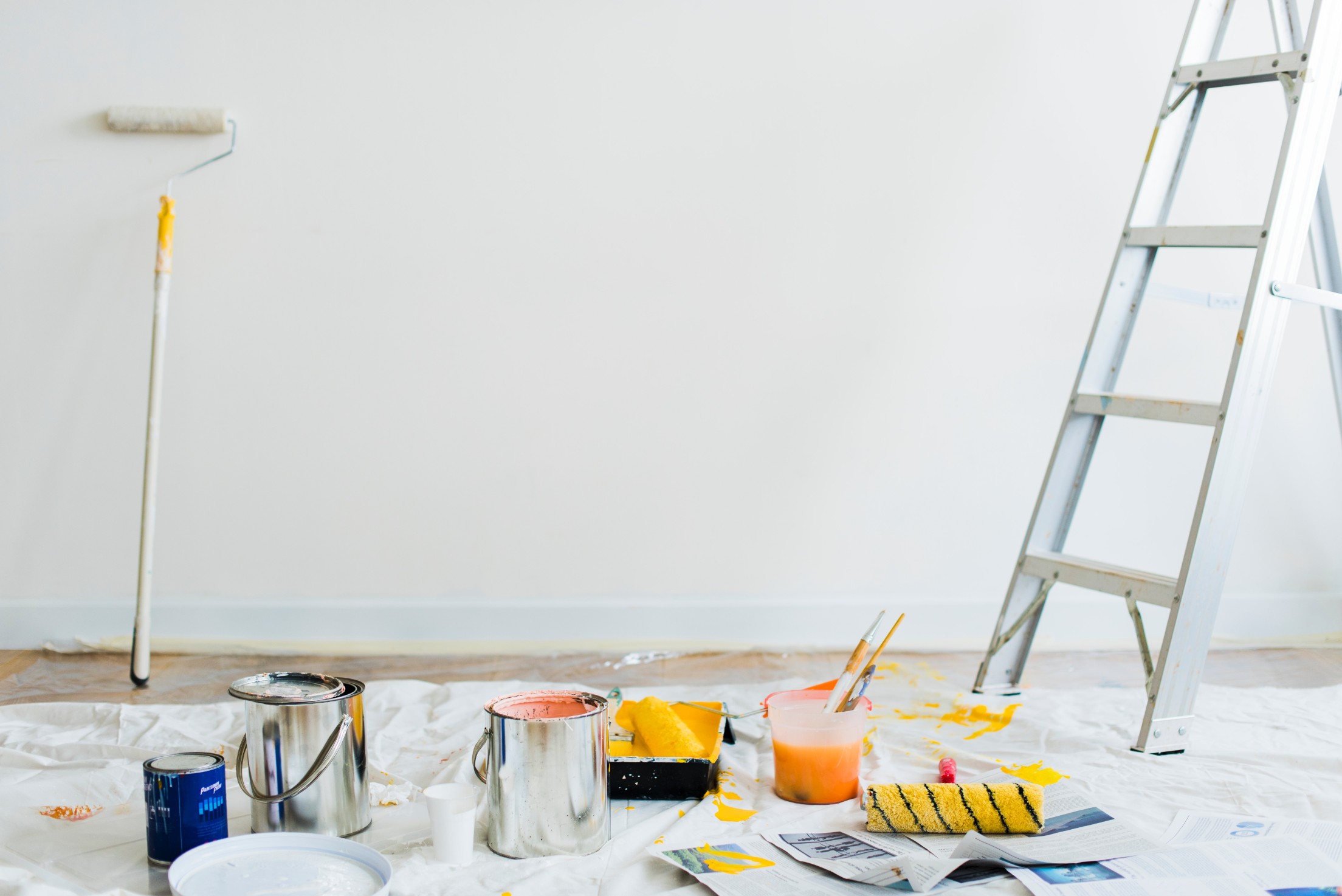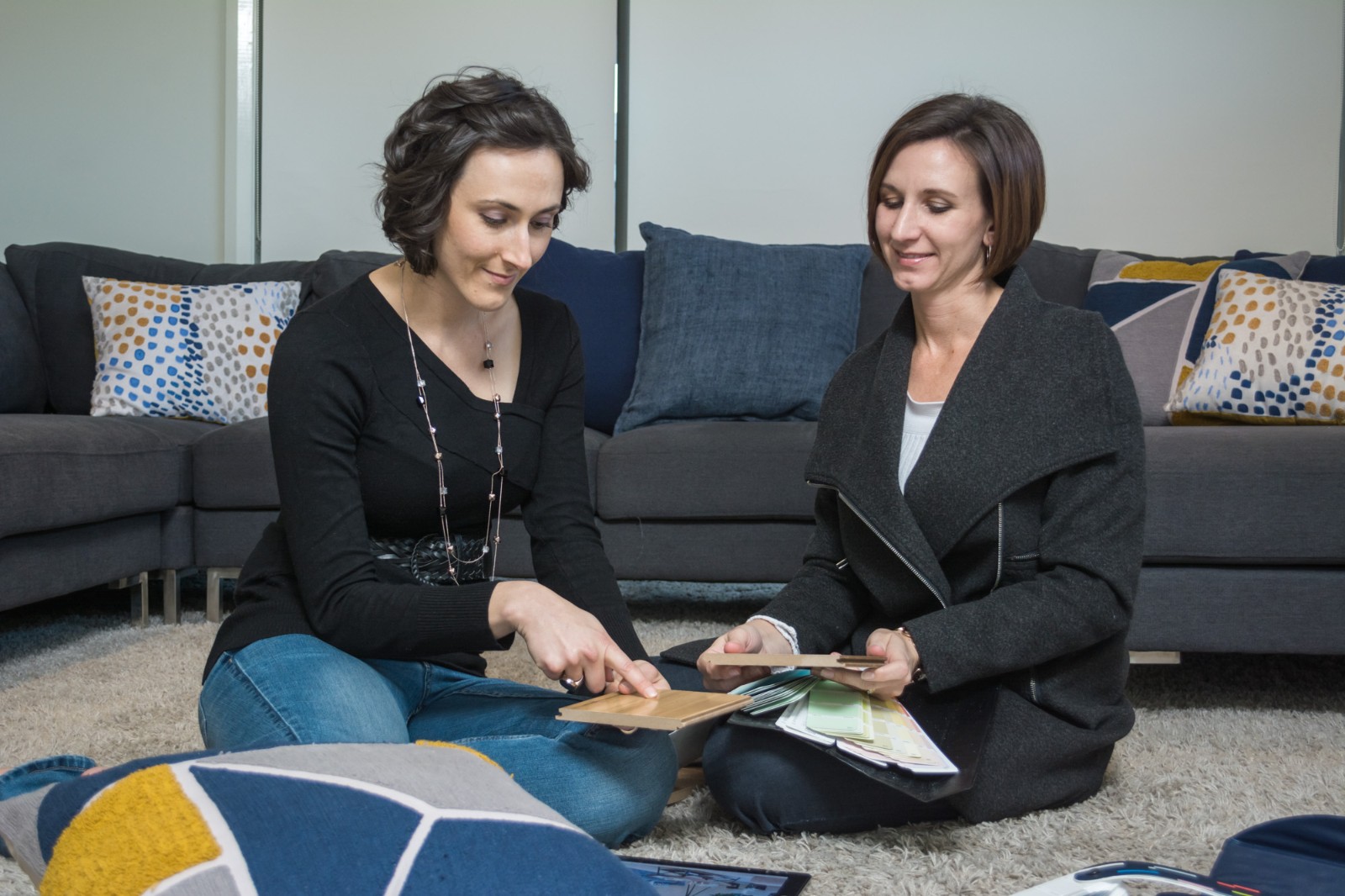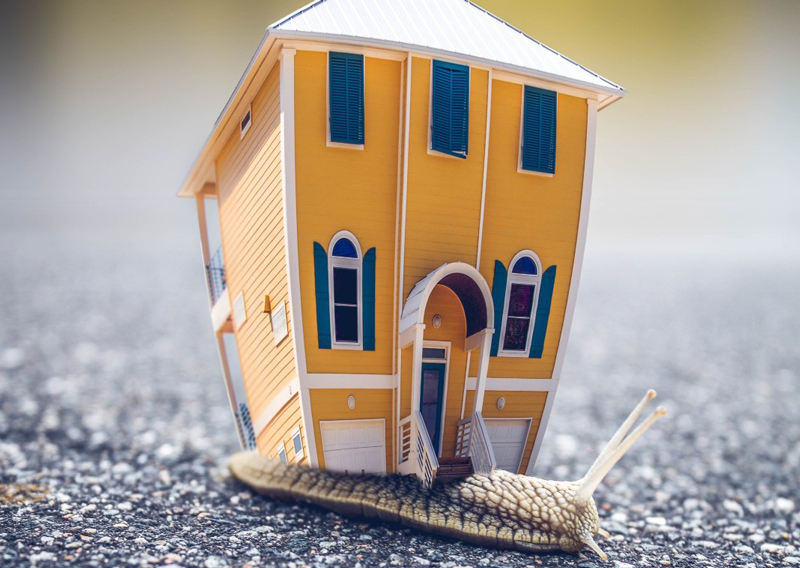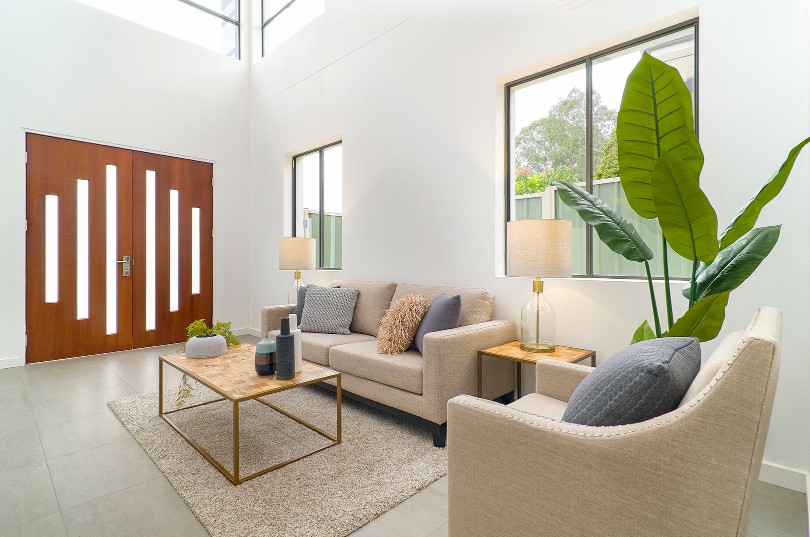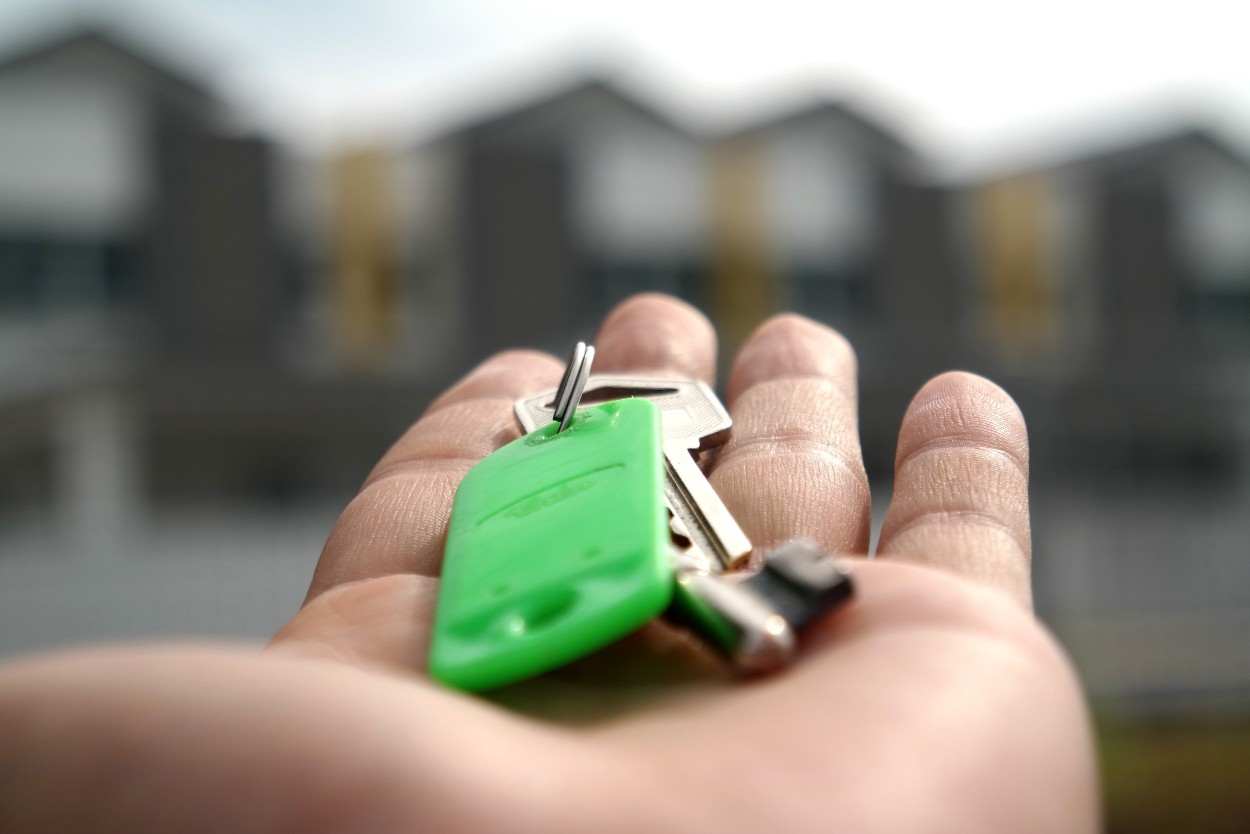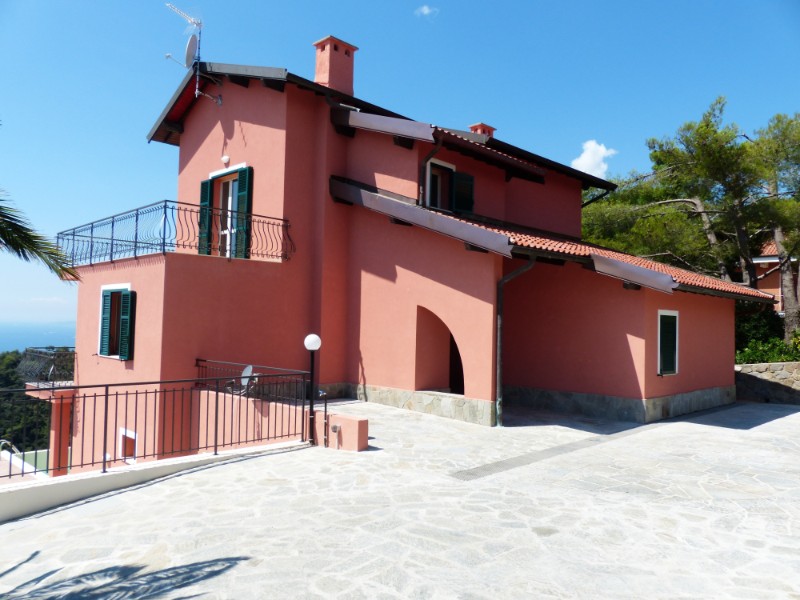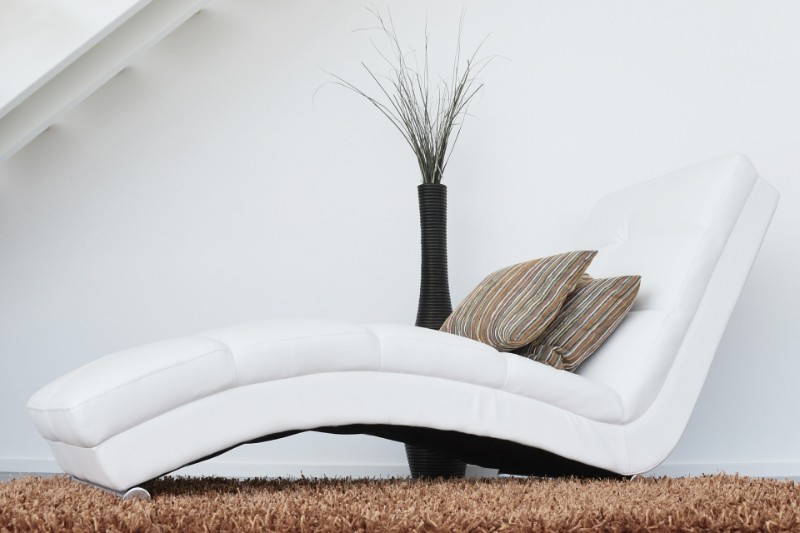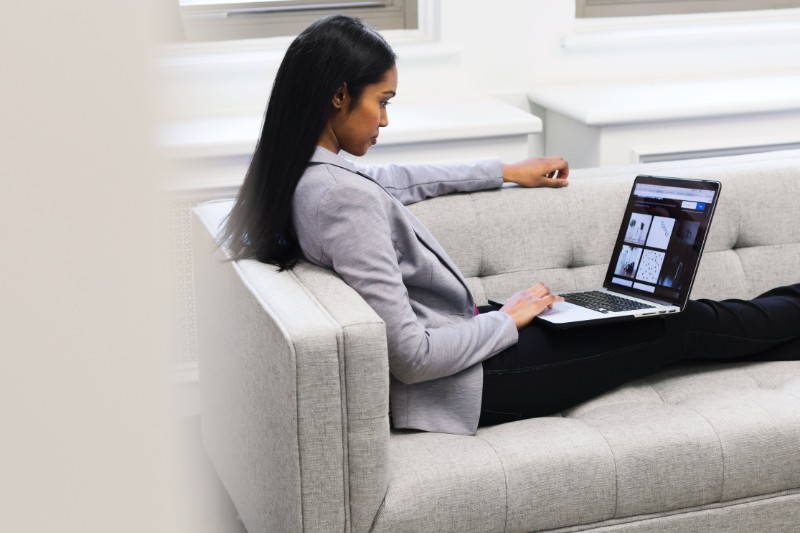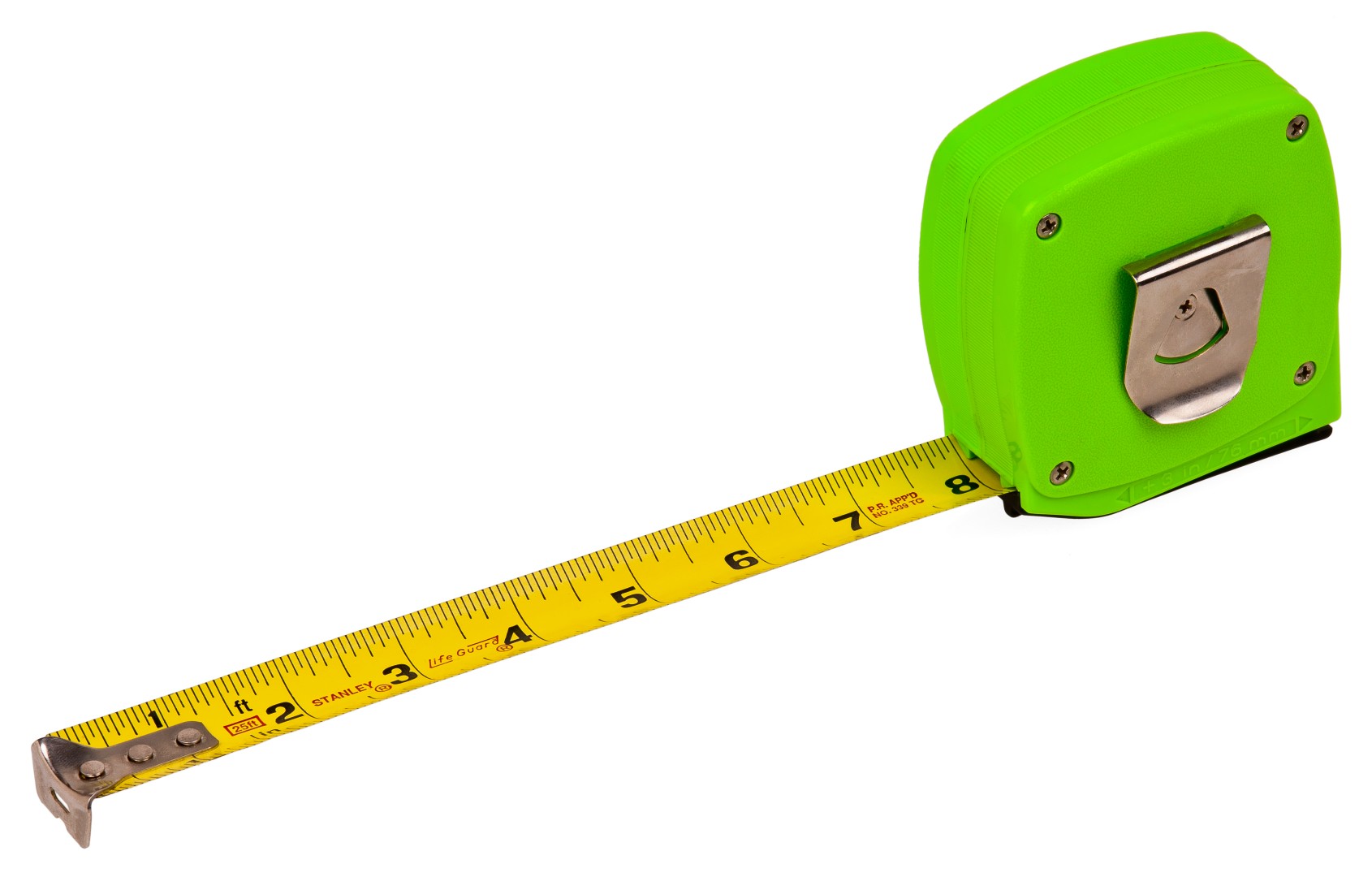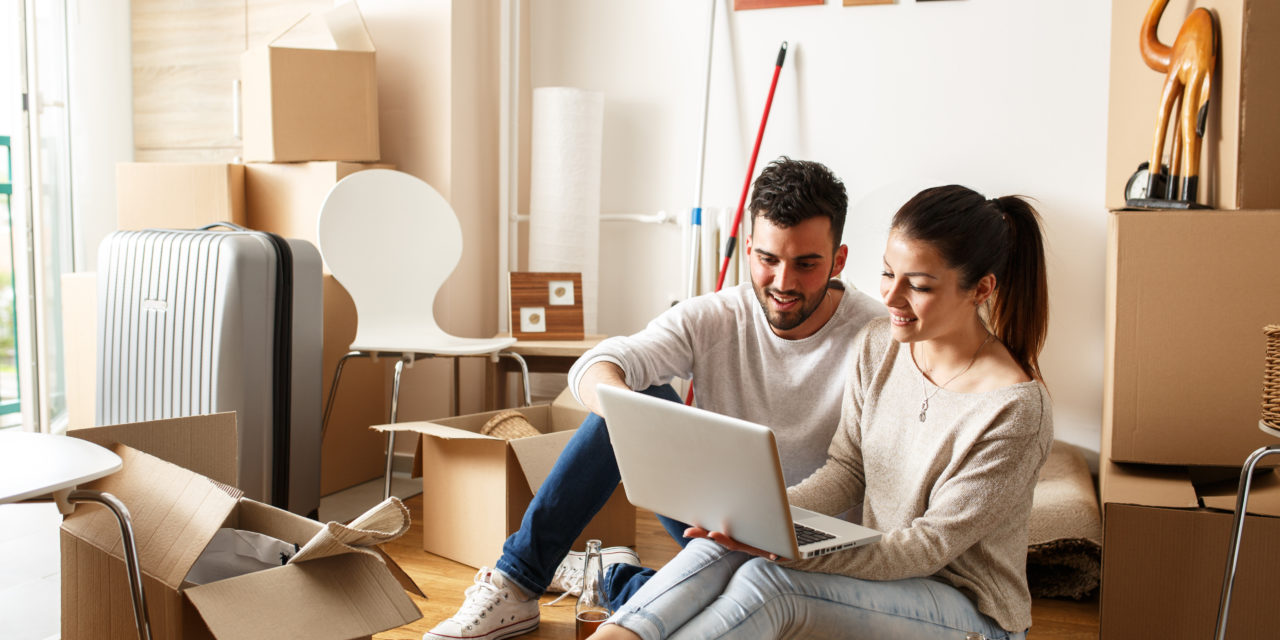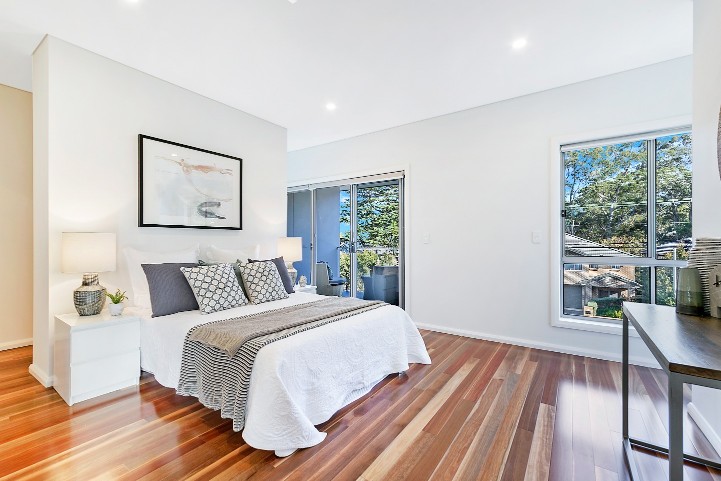Property Styling and the Property Stylist
Property Styling is to the Stylist, what creative medium is to the artist. The artist uses oil paints, water colour paints and an assortment of brushes. The artist creates, conveys thought, feeling and invites the visual into the aura of the presentation. So too does the Property Stylist. As an artist, using household medium, the Stylist creates a visual representation of possibilities, enabling the potential buyer to see themself and their acquired furnishings, living there.
- A tool that will save you time and is so easy to use:
The Styling Estimate Calculator can be used from the comfort of your home, during your “five minute” coffee break at the office, or even whilst commuting on public transport, and it is so easy to use.
- Your FREE Property Styling Quote:
You now have immediate access to your free property styling quote.
The Styling Estimate Calculator will enable you to make adjustments as you see fit, to accommodate variables in styling costs.
Once completed, further collaboration will take place between you, and the property stylist who will transform your property’s interior into an amazing space, presenting your house for sale in a most appealing way.



